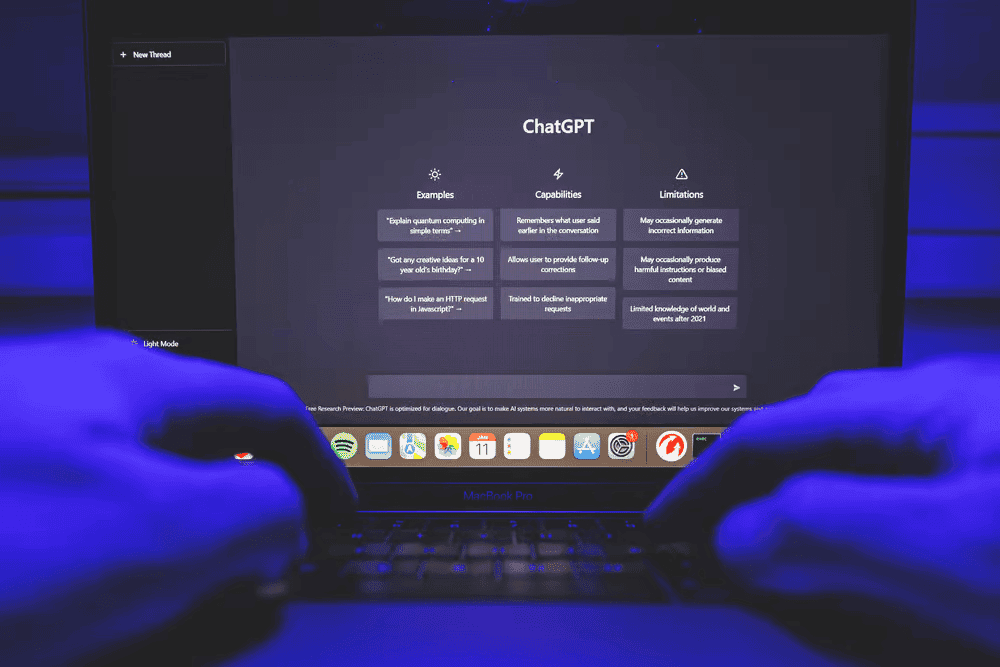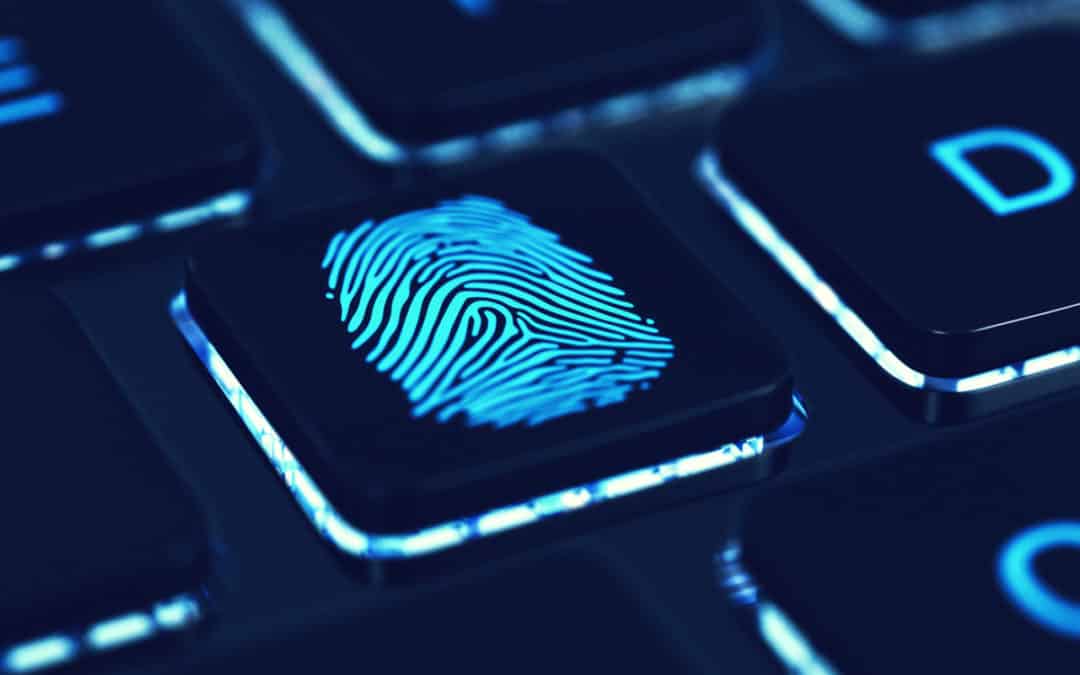The following article explains using ChatGPT for Digital Forensics.
OpenAI’s language model, ChatGPT, has been at the forefront of significant conversations due to its groundbreaking applications across diverse sectors.
ChatGPT, including its derivatives GPT-3.5 and GPT-4, leverages extensive text-training data to promptly generate answers and solutions.

This has resulted in a surge of interest among the scientific community and the broader society.
Recently, a team of cybersecurity researchers from multiple universities conducted an in-depth analysis of the impact of ChatGPT, with a particular focus on GPT-4, in the field of digital forensics.
ChatGPT’s Role in Digital Forensics
Language model advancements, such as those seen with ChatGPT, have paved the way for novel AI applications in digital forensics. These applications span several areas, including:
- Data Categorization
- Network Forensics
- Malware Probing
- Facial Recognition
However, despite their potential, these models prioritize answer generation over accuracy. This tendency can lead to many issues, including biases, errors, hallucinations, reasoning mistakes, and other risks within the digital forensics domain.

As such, it is crucial to exercise caution when using GPT-4 and AI models akin to it. Several factors warrant careful consideration, including:
- Legal implications
- Ethical considerations
- Technical limitations
- The potential for investigator over-reliance on AI-generated outputs
ChatGPT: A Framework for General AI Applications
Since 2019, OpenAI’s GPTs have provided a solid framework for general AI applications. ChatGPT, built on the foundations of GPT3.5 and GPT-4, initially offered free access to GPT-3.5. However, GPT-4 is now reserved for paid Plus members.
In their evaluation, the researchers assessed ChatGPT’s suitability for digital forensic investigations across six representative areas. These areas were derived from existing uses such as code generation and creative writing. Digital forensic investigations often demand capabilities not present in current software, particularly in resource-limited live forensic scenarios.
Beyond Digital Forensics: Other ChatGPT Applications
Beyond its potential in digital forensics, ChatGPT has also found applications in various other areas. These include:
- Storyboarding
- Synthetic Content Generation
- Character Profiling
- Exploring Character Interests
ChatGPT in Digital Forensics: Potential and Limitations
While ChatGPT shows promise in digital forensic investigation, it also has its limitations, which restrict its universal applicability.
The experiments conducted by the researchers were not exhaustive, and real-world complexities may vary.

The results obtained from ChatGPT are dependent on prompts and cannot be directly replicated due to its non-deterministic behavior.
The cybersecurity market already boasts AI-powered tools such as PentestGPT and WormGPT. Adding ChatGPT to this roster further expands the options available to cybersecurity professionals.
Conclusion
ChatGPT’s application in the field of digital forensics represents another stride forward in leveraging AI for more sophisticated and efficient investigations.
However, the ethical and legal implications of its use, as well as its technical limitations, should not be overlooked.
As we continue to explore and harness the potential of this technology, it is crucial to tread cautiously and prioritize accuracy and ethical considerations over mere convenience.
ChatGPT for Digtial Forensics FAQs
What is ChatGPT?
ChatGPT is a large language model (LLM) chatbot developed by OpenAI. It is trained on a massive dataset of text and code, and can generate text, translate languages, write different kinds of creative content, and answer your questions in an informative way.
How can ChatGPT be used for digital forensics?
ChatGPT can be used for digital forensics in a number of ways, including:
- Artifact understanding: ChatGPT can be used to understand the meaning of digital artifacts, such as files, emails, and chat logs. This can help investigators to identify and interpret important evidence.
- Evidence searching: ChatGPT can be used to search for evidence within large datasets. This can be helpful for investigators who are looking for specific pieces of information.
- Code generation: ChatGPT can be used to generate code. This can be helpful for investigators who need to create scripts or tools to help with their analysis.
- Anomaly detection: ChatGPT can be used to detect anomalies in digital data. This can help investigators to identify potential evidence of malicious activity.
- Incident response: ChatGPT can be used to respond to incidents of cybercrime. This can include helping to identify the source of the attack, recovering lost data, and preventing future attacks.
What are the benefits of using ChatGPT for digital forensics?
The benefits of using ChatGPT for digital forensics include:
- Speed: ChatGPT can analyze large datasets quickly and efficiently. This can save investigators time and resources.
- Accuracy: ChatGPT is trained on a massive dataset of text and code, which gives it a high level of accuracy. This can help investigators to identify and interpret evidence more effectively.
- Creativity: ChatGPT can generate creative text formats, such as poems, code, scripts, musical pieces, email, letters, etc. This can help investigators to brainstorm new ideas and approaches to their investigations.
What are the limitations of using ChatGPT for digital forensics?
The limitations of using ChatGPT for digital forensics include:
- Interpretability: ChatGPT is a black box model, which means that it is not always clear how it arrives at its conclusions. This can make it difficult for investigators to trust the results of ChatGPT’s analysis.
- Bias: ChatGPT is trained on a dataset that reflects the biases of the real world. This means that ChatGPT may be biased in its analysis of digital evidence.
- Security: ChatGPT is a powerful tool, and it is important to use it securely. If ChatGPT is used to access sensitive data, it is important to take steps to protect that data.
What are the future trends for ChatGPT in digital forensics?
The future trends for ChatGPT in digital forensics include:
- Improved accuracy: ChatGPT is still under development, and it is likely that its accuracy will improve over time. This will make it an even more valuable tool for investigators.
- Increased usability: ChatGPT is still a complex tool, and it is not always easy to use. However, it is likely that ChatGPT will become more user-friendly in the future.
- New applications: ChatGPT is already being used for a variety of digital forensics tasks. However, it is likely that new applications for ChatGPT will be developed in the future.